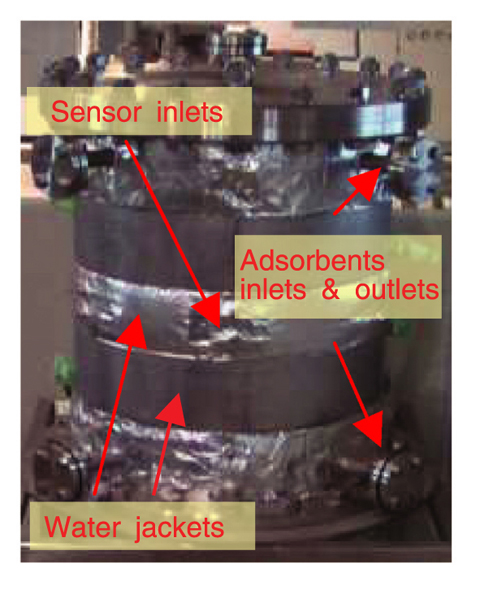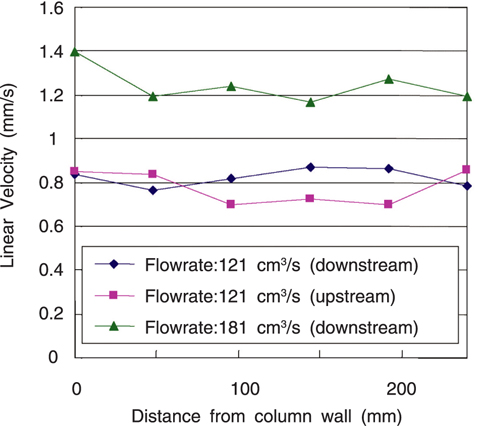Fig.1-27 MA recovery by extraction chromatography

Fig.1-28 Engineering scale column

Fig.1-29 Linear velocity in a column
Studies on minor actinide (MA) recovery by solvent extraction have been carried out in several countries. These processes use extractants with diluents, which cause various kinds of liquid waste in large amounts. In the extraction chromatography technique, in which extractants are impregnated into support particles, no diluent is used, and higher MA loading can be achieved, so this is potentially more economical. We developed a process and system of MA recovery by extraction chromatography which can be expanded to an engineering scale.
We selected a SiO2 support coated with styrene- divinylbenzene polymer (SiO2-P) (Fig.1-27), which has superior safety and handling properties, and started assessing SiO2-P adsorbent materials impregnated with several kinds of extractants, e.g. CMPO; adsorption/elution of MA, acid and radiation resistance, and ease of after-treatment of these adsorbents. These properties are now being measured, and several process flows for MA recovery will be designed and evaluated based on these data.
In our development of an engineering scale system, we fabricated an engineering scale column system (Fig.1-28) and have been investigating the fluidics and thermal control properties in actual operation, and the durability through long-term operation. Through these investigations, we determined the operational conditions necessary for uniform flow through the column, which is indispensable for steady MA recovery (Fig.1-29).
We also investigated remote control and instrumentation for the column operation, and we will have overall assessments of separation performance, safety, instrumentation and control, and remote handling based on these results and engineering scale experiments.
This work was financed by the Ministry of Education, Culture, Sports, Science and Technology of Japan (MEXT) under the framework of "The Development of Innovative Nuclear Technologies."